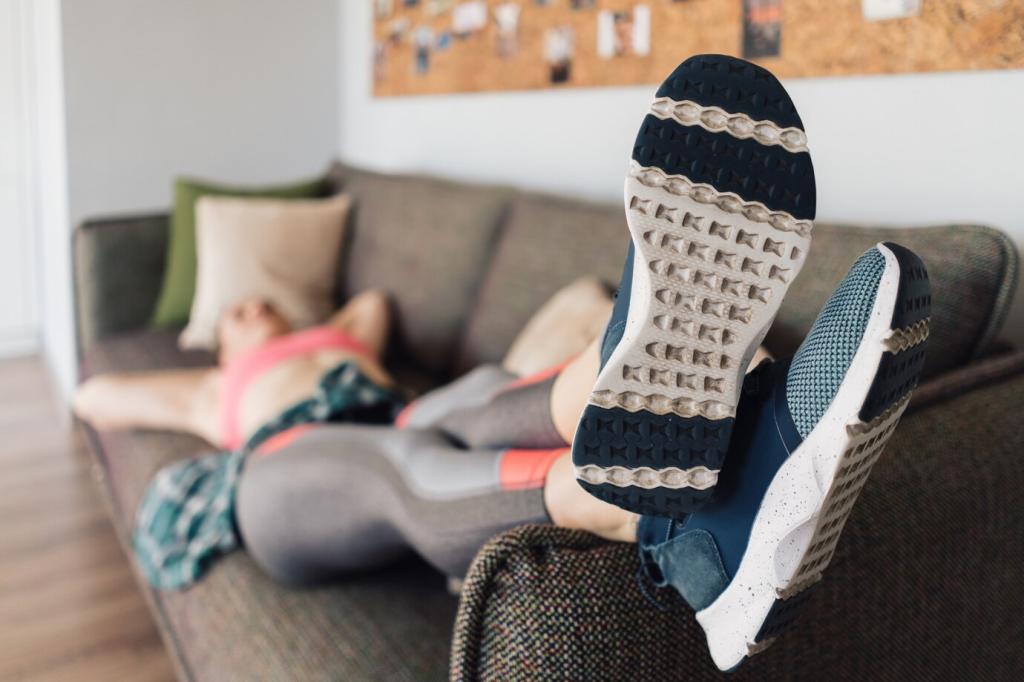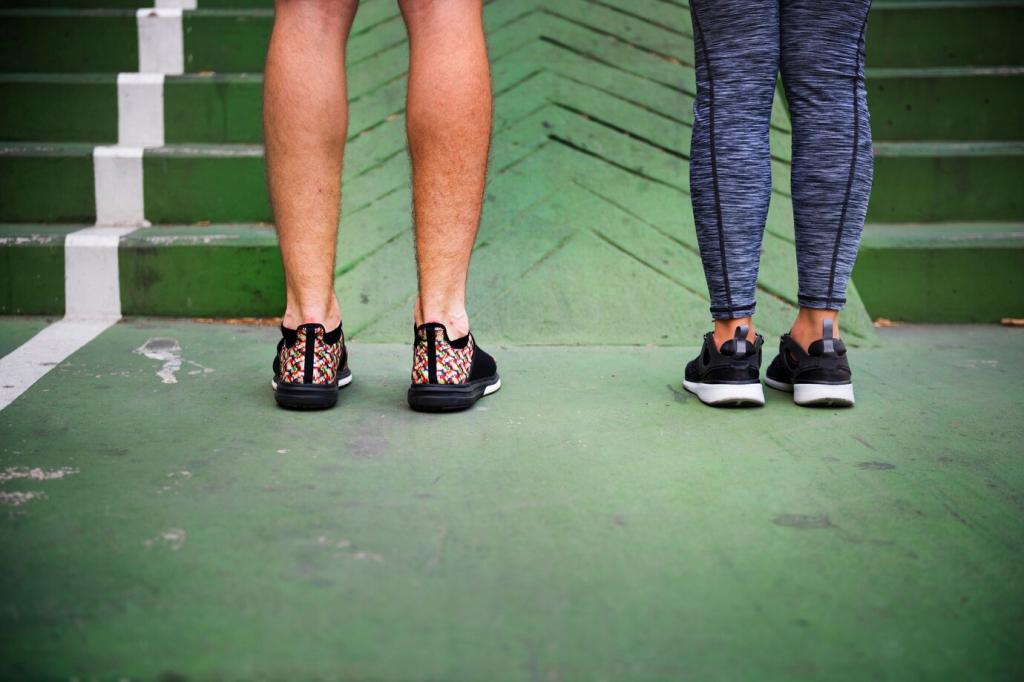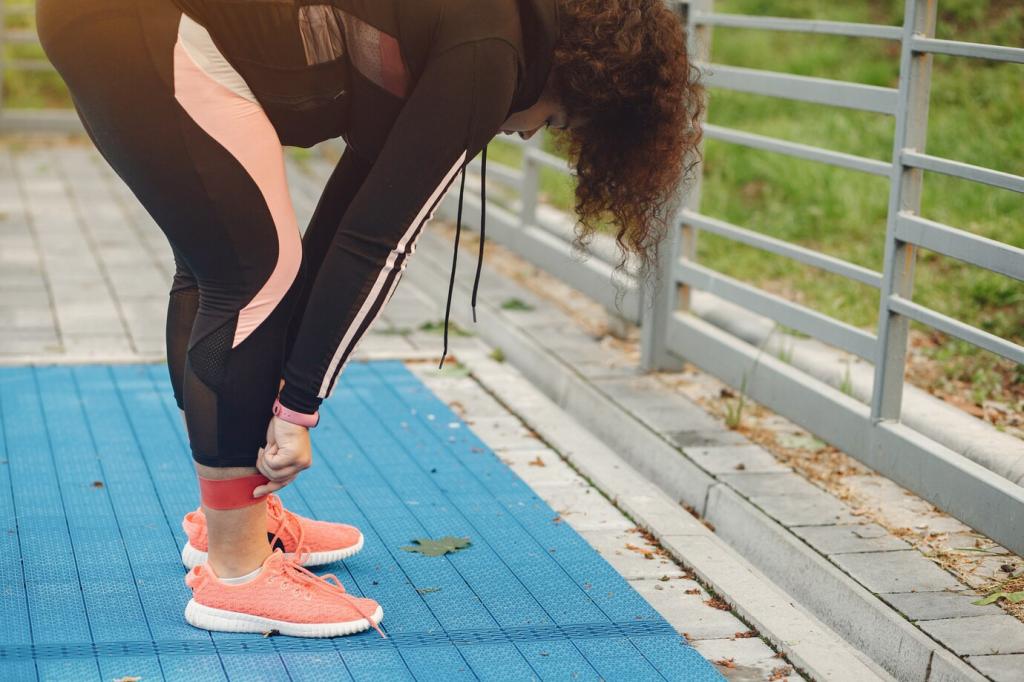Purpose‑Built Choices: Daily Trainer, Tempo, and Race Day
Daily trainers prioritize durability and comfort; long‑run specialists often add extra cushioning or a smoother rocker. Try both across back‑to‑back weekends. Share which felt fresher after two hours, and we’ll decode whether you benefit from one versatile shoe or a dedicated long‑run partner.
Purpose‑Built Choices: Daily Trainer, Tempo, and Race Day
Carbon or composite plates can stabilize soft foams and quicken turnover, but not everyone enjoys the ride on easy miles. If you chase personal bests, consider a plated racer for events and a gentler companion for training. Report your cadence and comfort changes to guide others.





